Hand-sanitizers are an especially hot item right now, but if you can’t get your hands on some, we have some suggestions to keep your hands and home clean and a recipe to make your own hand sanitizer! Pharmacies and other stores are having a hard time keeping up with stock because there are a lot of items on back-order and stores can only purchase small quantities when they become available. One of our writers Sara Azad, who is a co-owner at Brisson Pharmacy, was interviewed by CBC regarding the craze about hand-sanitizers and here is her best advice: “[do not] panic and keep washing [your] hands”.
Bottom Line: Generally speaking, hand sanitizer is not the first strategy to prevent infection – hand washing is! In situations where you don’t have access to soap and water, then think about using hand-sanitizer. As we are writing this, we realize that it is difficult to also purchase ingredients to make your own. But, if you are able to get your hands on some of the ingredients (and figure out some math!), it is easy to make your own. Here is what you can do to ensure you are safe and minimizing germ transmission:
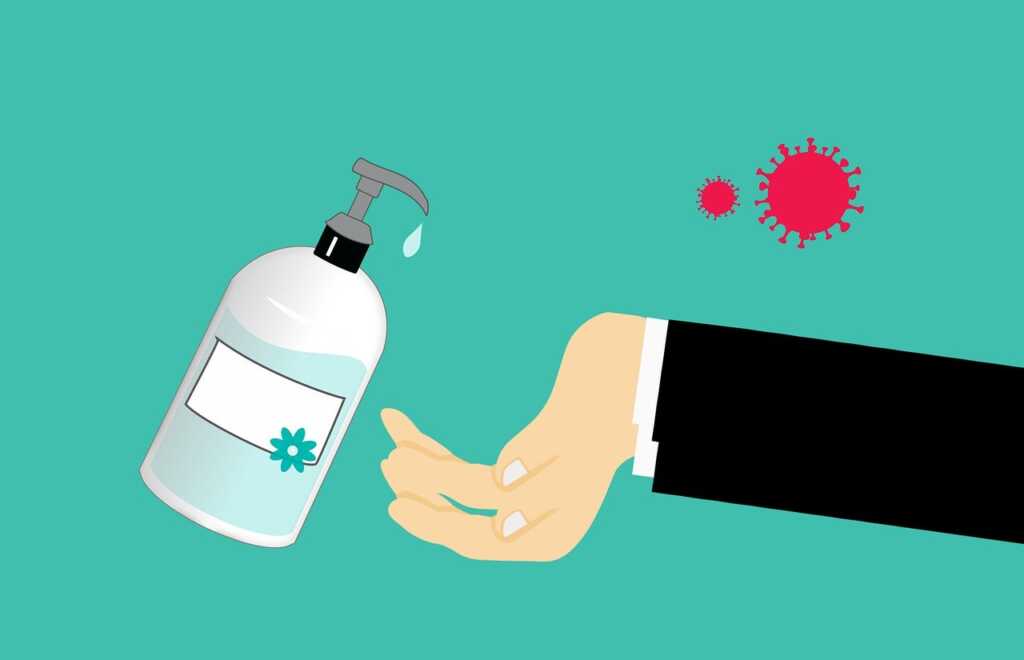
Wash Your Hands
Washing your hands as frequently and thoroughly as possible is still as important as ever. Washing your hands for at least 20 seconds is the best method to prevent the germs from spreading. Make sure you are actually washing for 20 seconds as a minimum! In the case where soap and water are not available, hand sanitizers can then be used as an alternative.
Make Your Own Sanitizer
Basic Recipe for 300 mL Hand Sanitizer:
- 200 ML or 2/3 or a cup 99% Isopropyl Alcohol
- 100 mL of 1/3 of a cup aloe vera
- 8-10 drops of an essential oil
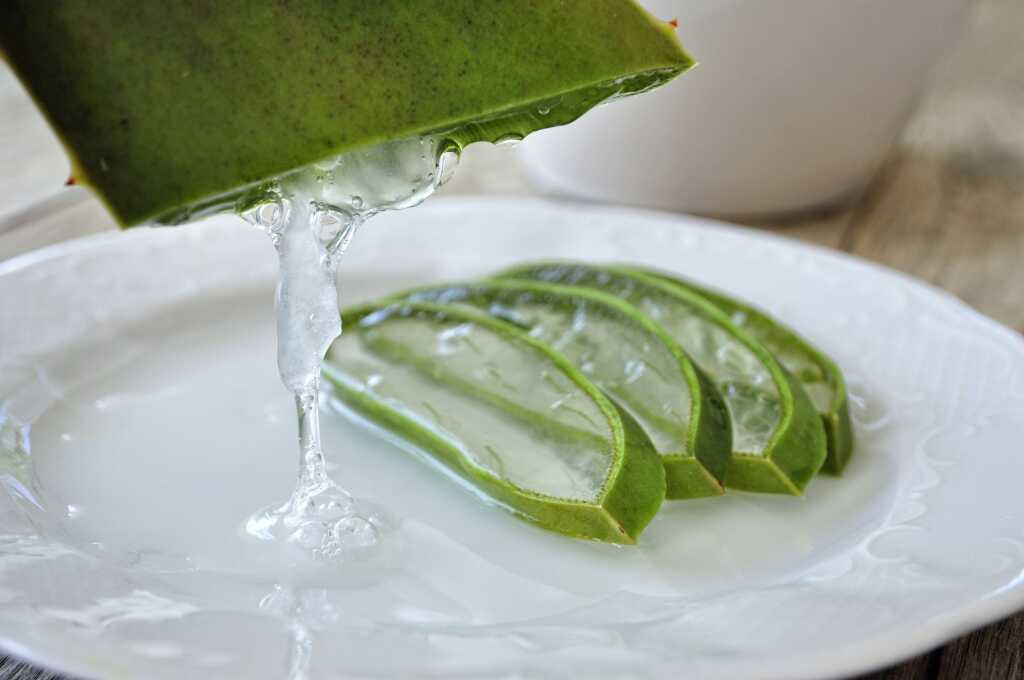
Alternatives to aloe vera can include glycerol (which might be less sticky)
Mix all the ingredients together in a bowl and pour into a bottle or hand pump.
According to CDC, sanitizers should contain at least 60% to 95% alcohol to eliminate germs. What is important with hand-made sanitizers is that they have the correct ratio of alcohol to other ingredients. So, if you can’t get your hands on 99% isopropyl alchohol, just make sure the math makes sense!
Ingredient
Where To Buy?
Role
Aloe Vera
Emollient – Prevents the hand sanitizer from drying and acts as a moisturizer
99% Isopropyl Alcohol
Disinfectant – Kills germs
Essential Oil
Scent – Gives mixture a pleasant smell (We just chose lavender for fun!)
Keep Your Home Safe & Clean
In addition to keeping your hands clean, it is important to keep your environment clean as well.
- Disinfect common surfaces such as door handles, tables, keyboards, light switches, desk, toilets, faucets, sinks and handrails
- Ensure proper ventilation (open windows, adjust air conditioning)
- Ensure utensils are clean and do not share used utensils
How to Clean & Disinfect Surfaces:
- Wear disposable gloves when cleaning and disinfecting surfaces.
- Disposable gloves should be discarded after each cleaning. If reusable gloves are used, only use those gloves for cleaning and disinfection of surfaces for COVID-19. No not use those glove for other purposes.
- Clean dirty surfaces with a detergent or soap and water before disinfecting
The Difference Between Cleaning & Disinfecting:
Cleaning: removes germs (cleaning does not kill germs but it removes them, lowers their numbers and reduces the risk of spreading infection)
Disinfecting: kills germs (disinfecting does not necessarily clean dirty surfaces or remove germs, but it can kill germs on a surface after cleaning to lower the risk of spreading infection
4. Use the right types of disinfectants depending on the surface you are trying to clean. Some of the options include:
- Alcohol solutions with at least 70% alcohol
- Diluted household bleach solutions
- Dilution recipe: 5 tablespoons (1/3 cup) bleach per gallon of water
- Be careful, as bleach is not appropriate for all surfaces (so double check). Ensure proper ventilation when using bleach. Also NEVER mix bleach with ammonia or any other cleanser (only water to dilute bleach). Bleach can be harsh on skin, do not use it to clean your hands and wear gloves when handling.
- Hydrogen peroxide 3% – It is important to leave enough contact time (about 10 minutes) on the surface before wiping it. Using wipes and letting the surface air dry generally allows for enough contact time to kill the virus.
- Be careful with with this too because it can also discolor fabrics.
5. Scrub the surface well with the disinfectant and letting the surface air dry generally will allow for enough contact time.
As a general rule, never mix different cleaning agents. If the cleaner’s label indicates that it kills influenza and norovirus, then it will also work against coronavirus.
Written by:
Sara Azad (BSc. Pharm, Co-Owner at Brisson Pharmacy) & Aliya Kassamali (PharmD, Founder of The Health Aisle)
Date Published: March 17, 2020
References:
1. Clean & Disinfect. Centers for Disease Control and Prevention. https://www.cdc.gov/coronavirus/2019-ncov/prepare/cleaning-disinfection.html
2. Show Me the Science – When & How to Use Hand Sanitizer in Community Settings. Centers for Disease Control and Prevention. https://www.cdc.gov/handwashing/show-me-the-science-hand-sanitizer.html
3. WHO recommended Handrub Formulations. https://www.who.int/gpsc/5may/Guide_to_Local_Production.pdf
4. Disinfectants for Use Against SARS-CoV-2. https://www.epa.gov/pesticide-registration/list-n-disinfectants-use-against-sars-cov-2
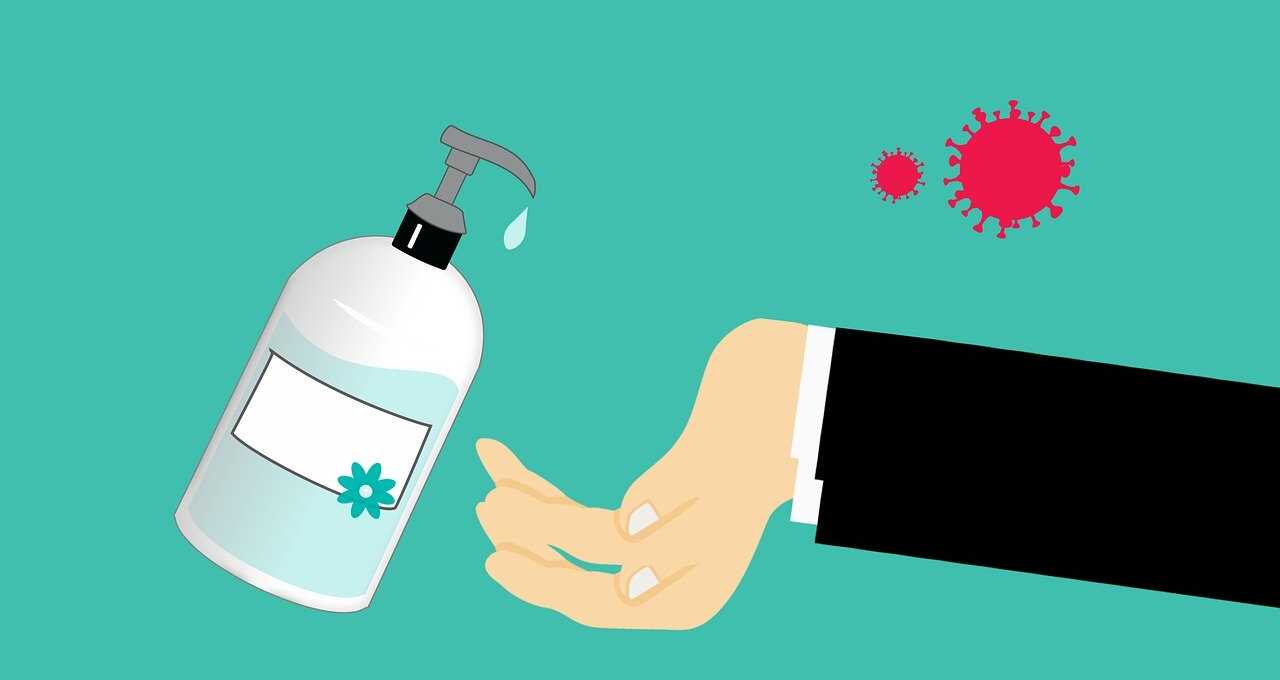
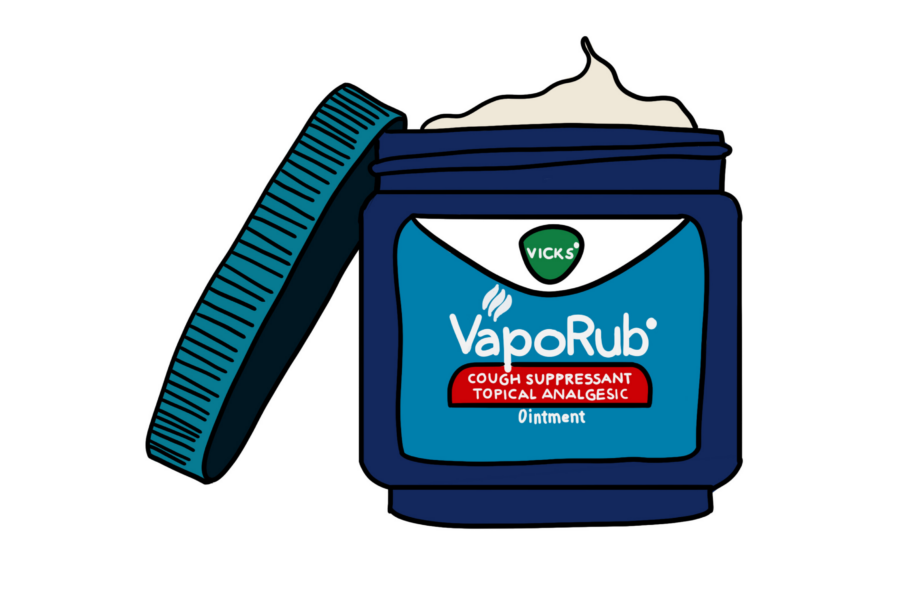
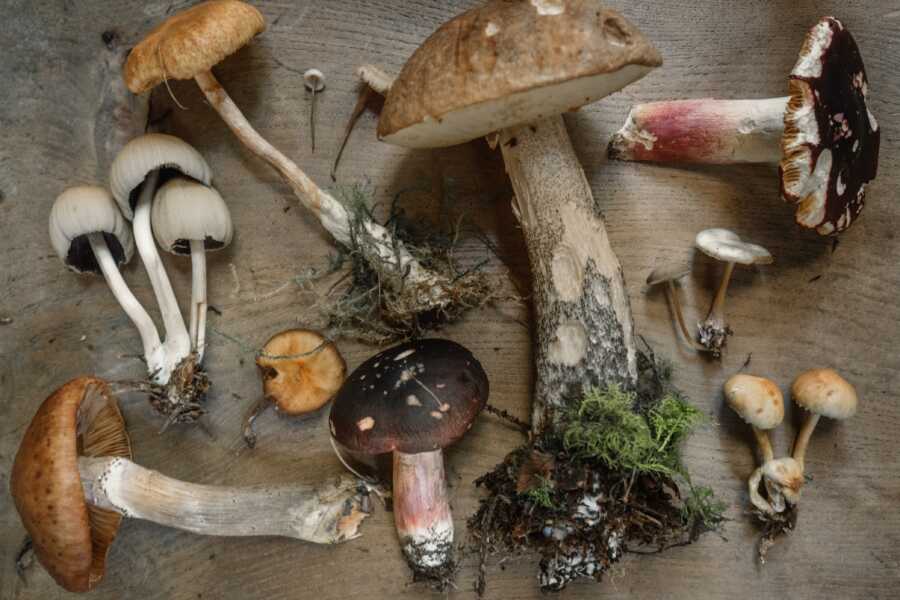
Leave a Comment